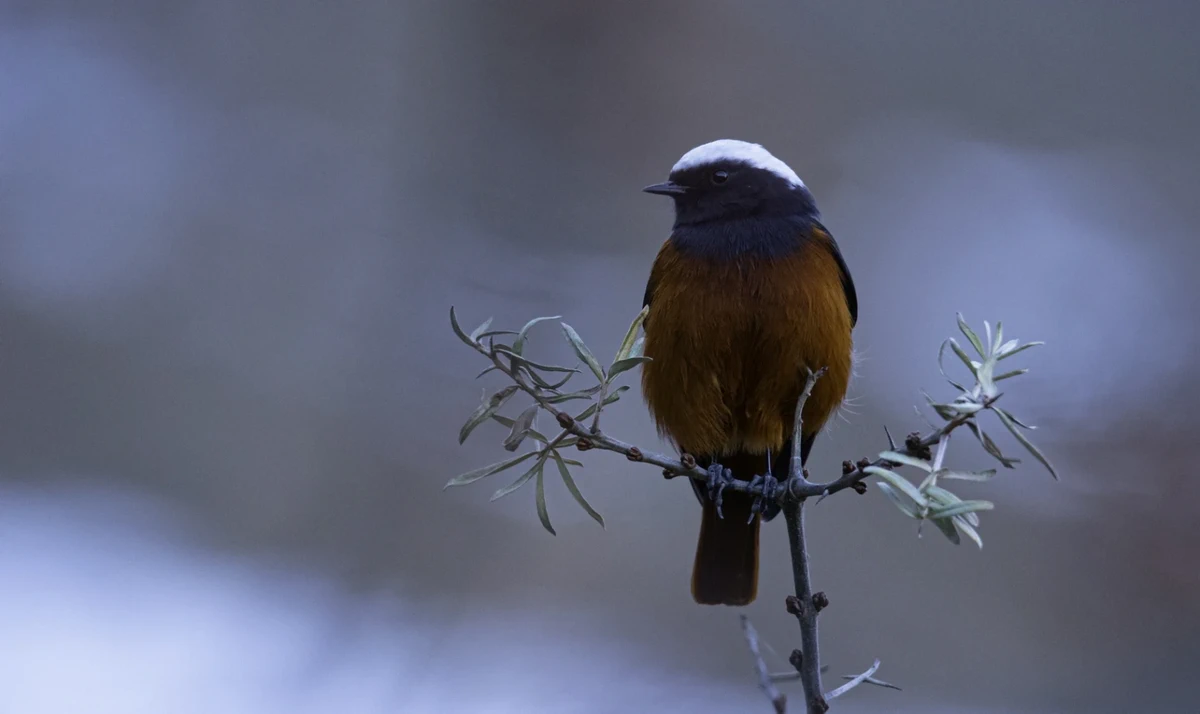The Caucasus - A Global Biodiversity Hotspot - Caucasus Big Five
The Caucasus ecoregion ranks among Earth’s 36 biodiversity hotspots, owing to its dramatic topography, complex geology and resulting microclimates. These conditions have fostered an exceptional assemblage of flora and fauna for a temperate region and, uniquely in Europe, two strictly endemic bird species. BirdLife International formally recognizes the Caucasus as an Endemic Bird Area (EBA).
The unique combination of endemic species, altitudinal migrants and taxonomically intriguing subspecies underpins the Caucasus’s importance as one of the planet’s most diverse temperate regions and as Europe’s foremost Endemic Bird Area.
Caucasian Snowcock
Tetraogallus caucasicus (Pallas, 1811), a true endemic bird species, is found in the Greater Caucasus Mountain ranges between Georgia, Azerbaijan, and Russia. It moves between breeding areas at high elevations, summer areas, and wintering areas at lower elevations to survive in harsher conditions.
Photo by © Nika Melikishvili
It is one of the two true endemic bird species for the Caucasus Biodiversity Hotspot, which is restricted to the Greater Caucasus Mountain ranges between northern Georgia, northern Azerbaijan, and neighbouring regions of Russia. It inhabits the alpine zone of the Greater Caucasus Mountains, where, in quest of limited food supplies at harsher elevations, the Caucasian snowcock moves throughout the year between breeding areas at high elevations, summer areas even higher, and wintering areas at comparably lower elevations. Their food varies seasonally according to plant phenology and includes a variety of plant types. All life stages of birds consume a similar diet, with invertebrates being eaten only occasionally. Despite reports of geographic diversity in appearance, which suggests a tendency to be dark or dark grey in the Elbrus Mountains while having a more beige-and-rufous hue in the Dagestan Mountains, the Caucasian Snowcock is a monotypic species without any subspecies described.
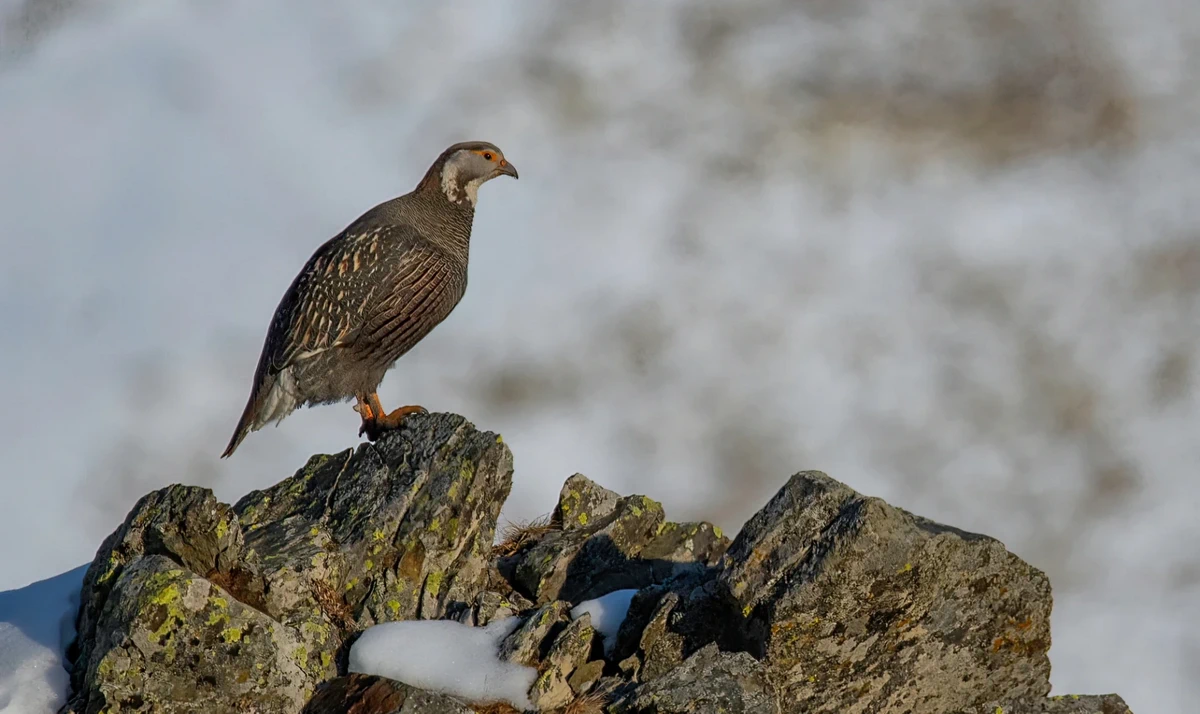
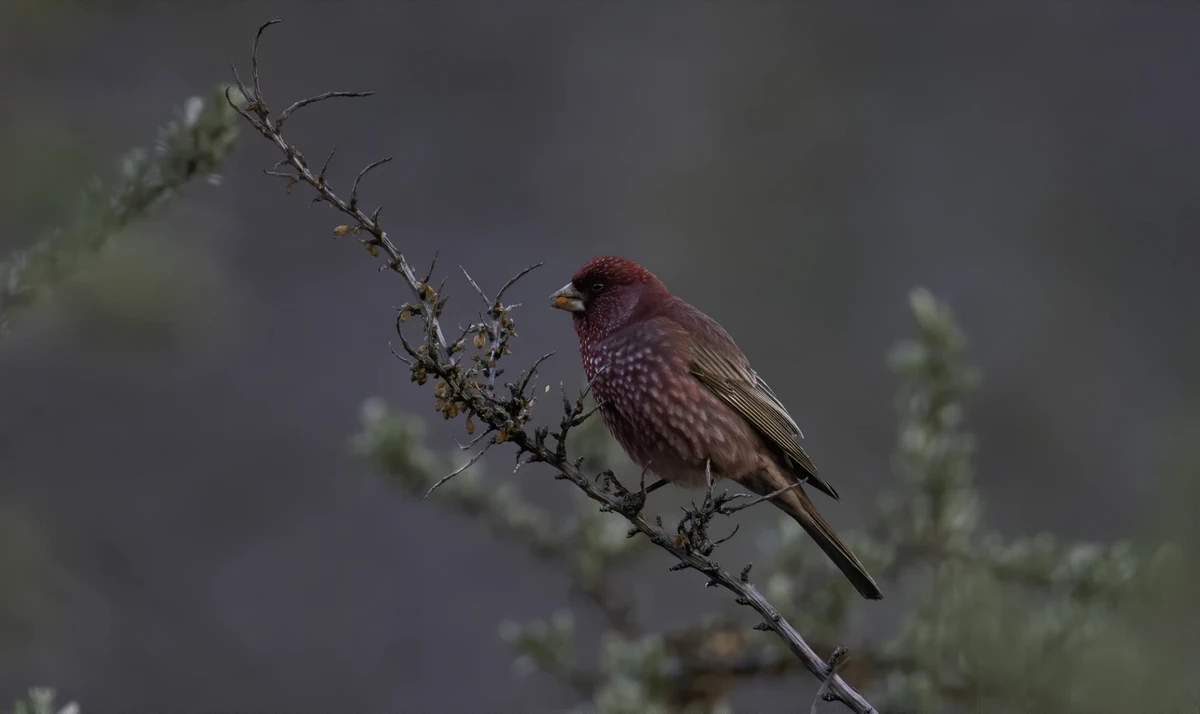
The Caucasian Great Rosefinch
Carpodacus rubicilla ssp. rubicilla (Güldenstädt, 1775), is a local subspecies of the Great Rosefinch found in the Caucasus mountains, central and eastern Greater Caucasus mountain ranges, and bordering regions of southwestern Russia and northern Azerbaijan. It occurs in high mountains during summer and migrates in winter.
Photo by © Nika Melikishvili
They occur in high mountains in the summer, so they are usually overlooked in such areas during the breeding season. Great rosefinches do altitudinal migration in winter in the Caucasus and sometimes come close to mountainous villages and towns. Taxonomy is uncertain and requires more research. For now, four subspecies are known. The one in the Caucasus is considered monotypic, and a polytypic group also known as the severtzovi group, which includes 3 subspecies: C. r. diabolicus; C. r. kobdensis; and C. r. severtzovi, which are all distributed in Central Asia.
Mountain (Caucasian) Chiffchaff
Phylloscopus sindianus ssp. lorenzii (Lorenz, 1887); is a taxonomic puzzle of the Caucasus. The most recent research indicates that there isn't much evidence to support the taxonomic authorities' previous classification of the race lorenzii as a separate species.
Photo by © Nika Budagashvili
The most recent research indicates that there isn't much evidence to support the taxonomic authorities' previous classification of the race lorenzii as a separate species. There are two subspecies. Caucasian and Kashmir Mountain Chiffchaff P. s. sindianus. The Caucasian one is restricted from the Caucasus to north-east Türkiye and north-western Iran. Winter movements are not well known, but they are considered migrants to the closer Middle Eastern regions. There are records of vagrant birds in Israel, Iraq, and Kuwait.
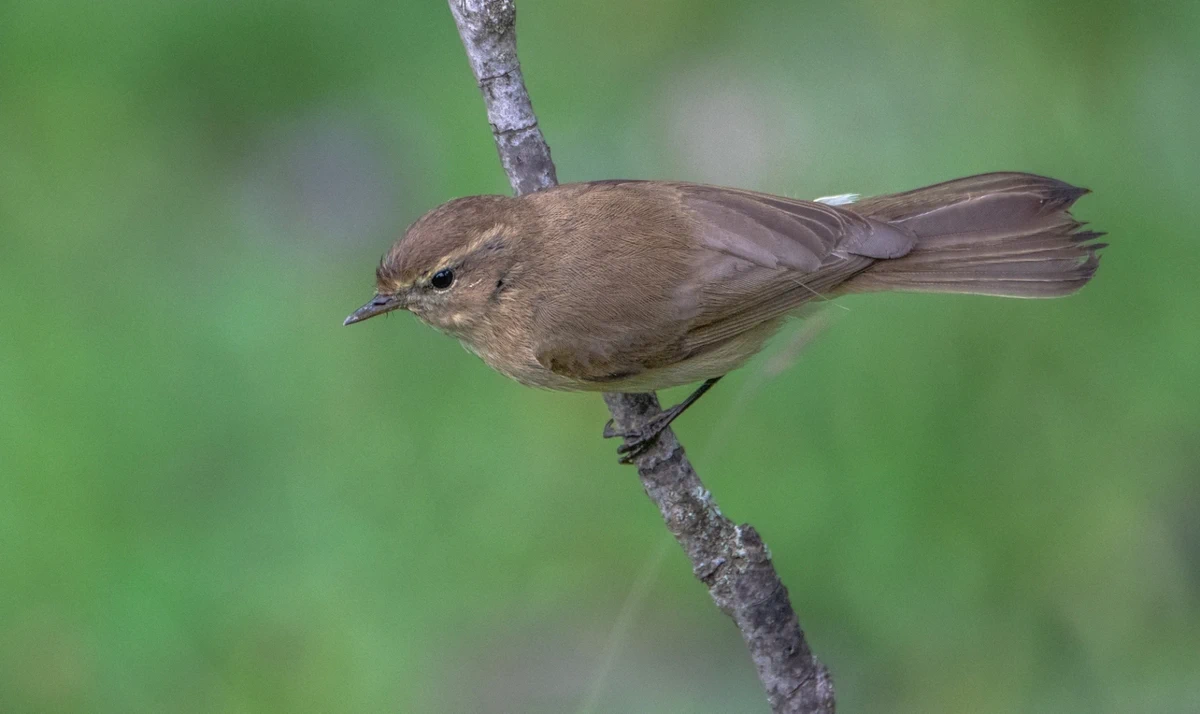
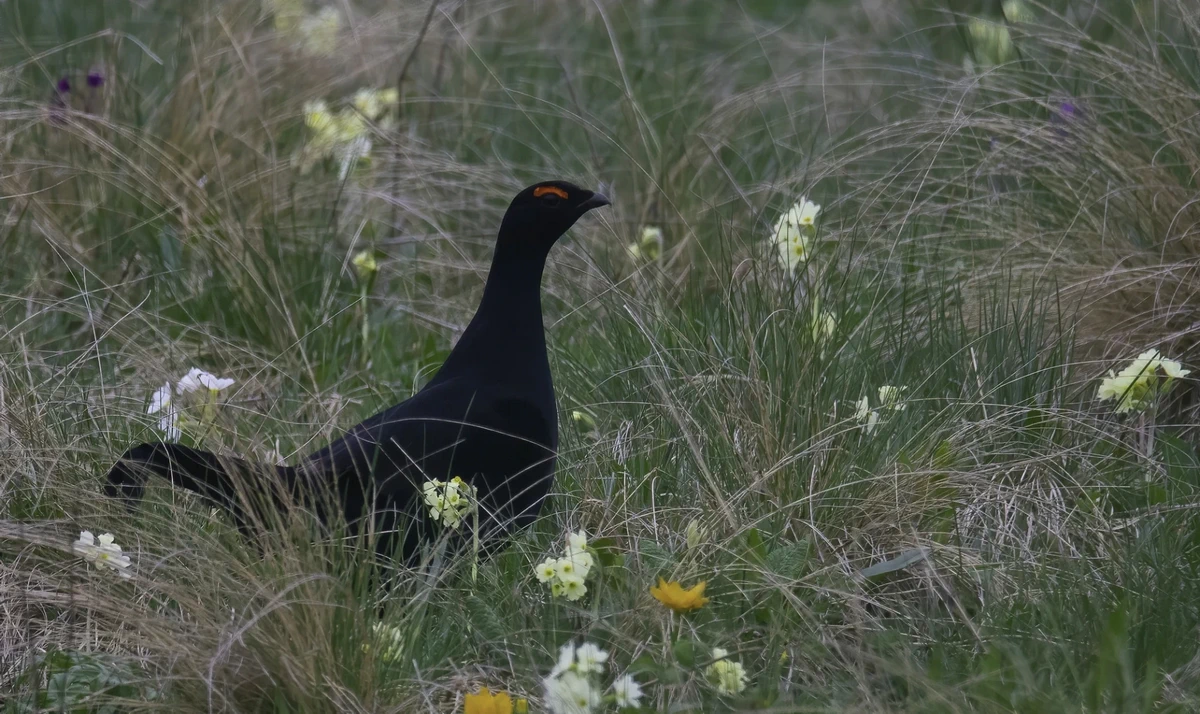
Caucasian Grouse
Lyrurus mlokosiewiczi (Taczanowski, 1875) is a monotypic endemic of the Caucasus ecoregion, found in the Greater and Lesser Caucasus mountain ranges. They eat juniper fruits, birch buds, dog rose fruits, rhododendron leaves, spruce needles, and Vaccinium leaves in winter, and prefer alpine plants in summer.
Photo by © Nika Melikishvili
Unlike Caucasian Snowcocks, they have a wider distribution range in the Caucasus and are found in the Greater and Lesser Caucasus mountain ranges in extreme south-western Russia, Georgia, Azerbaijan, and Armenia, north-eastern Türkiye, the Karabakh Mountains, and north-western Iran. They eat juniper (Juniperus) fruits and needles, birch (Betula) buds and catkins, dog rose (Rosa) fruits, rhododendron leaves, spruce (Picea) needles, and Vaccinium leaves throughout the winter. Adults rarely eat insects throughout the summer, preferring to eat pods, stalks, flowers, berries, and seeds of alpine plants such as Daphne, Vaccinium, and Fragaria. They switch food and eat acorns, crab apple leaves, and spruce needles as they fly into the woodland in the autumn.
Caucasian White-winged Redstart
Phoenicurus erythrogastrus ssp. erythrogastrus (Güldenstädt, 1775), Occupying similar alpine habitats, this subspecies exhibits only brief downhill movements, remaining within valley corridors of the Greater Caucasus. Its sister taxon, P. e. grandis, ranges widely across Central Asia (Mongolia, Afghanistan, China, Altai).
Photo by © Nika Melikishvili
It is another specialty of the Caucasus region that inhabits similar high-mountainous alpine habitats of the Greater Caucasus as the Great Rosefinch, with very short altitudinal movements recorded, which means that they only come lower in the valleys of the mountain ranges where they breed and occur. There are two subspecies recognised: the one that is restricted in the Caucasian ecoregion and P. e. grandis inhabiting central Asia: Mongolia, Afghanistan, China, the Baikal area, the Altai Mountains, etc. Apparently, grandis has a wider distribution range compared to the Caucasian relative.
